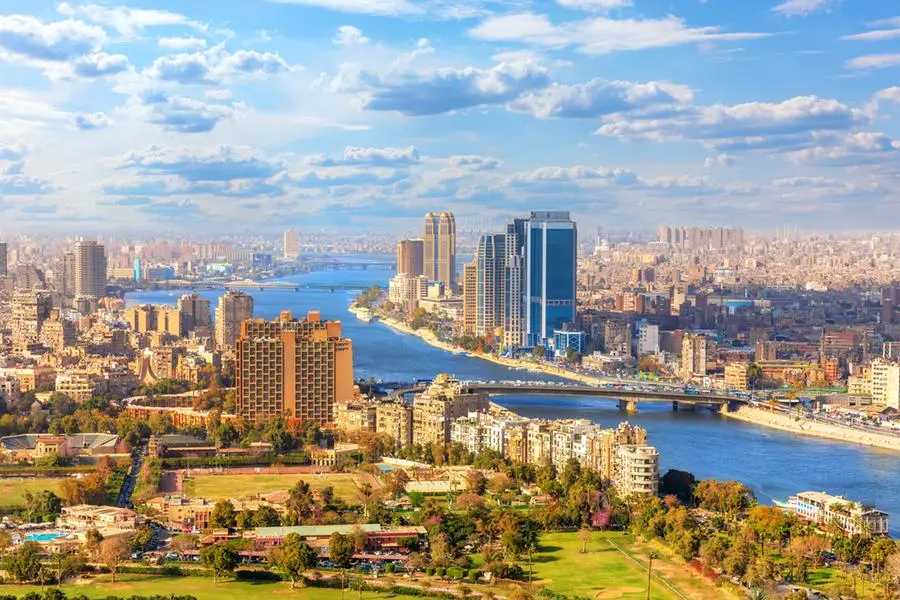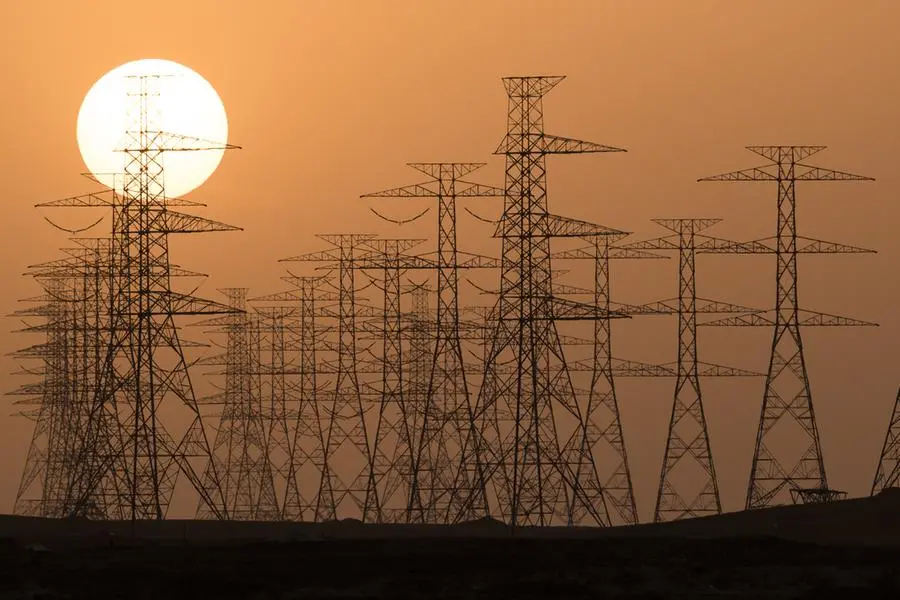PHOTO
Image used for illustrative purpose. Irrigation system in lawn against urban skyline with skyscrapers at sunset. Dubai, United Arab Emirates. Getty Images
The month of March will mark the end of winter season in the UAE as temperatures are expected to increase gradually — especially during the second half — according to weather forecasters.
The National Centre of Meteorology (NCM) on Wednesday released the climate summary report for March, saying: “March is considered to be the last month of winter and temperatures start to increase especially during the second half of the month.
"March 21 is taken to mark geographically the first day of spring equinox when the sun's direct rays are perpendicular to equator and then the apparent motion of the sun moves north.”
This month, the country will still be affected by westerly waves passing across the north of Arabian Gulf — which, at times, may cause "unstable weather conditions accompanied by cumulo-nimbus clouds, rain and fresh to strong wind leading to widespread dust”, said the report.
According to the forecasters, there will also be southeasterly to southwesterly winds during late nights and mornings — changing to northwesterly to northeasterly during the afternoon and evening due to sea breeze and land breeze circulation.
Humidity will decrease slightly during March compared to February, especially during the second half of the month. Mean relative humidity will be 51 percent with chances of fog/mist formation over scattered parts of the country.
>>Mean air temperature ranging between 22 and 25 ° C.
>> Mean Maximum air temperature ranging between 27 and 32 ° C
>> Mean Minimum air temperature ranging between 16 and 19 ° C.
>> Highest maximum temperature reached 43.1°c at Saih Al Salem & Swiehan in 2018
>> Lowest Minimum air temperature fell to 1.0 °c at Jabal Jais in 2019.
>> Mean wind speed 13kmph.
>>The highest winds of 123kmph at Dalma in 2020
>>Maximum gust wind 130kmph at Al Bateen Airport on 2016
Copyright © 2022 Khaleej Times. All Rights Reserved. Provided by SyndiGate Media Inc. (Syndigate.info).
Ismail Sebugwaawo























